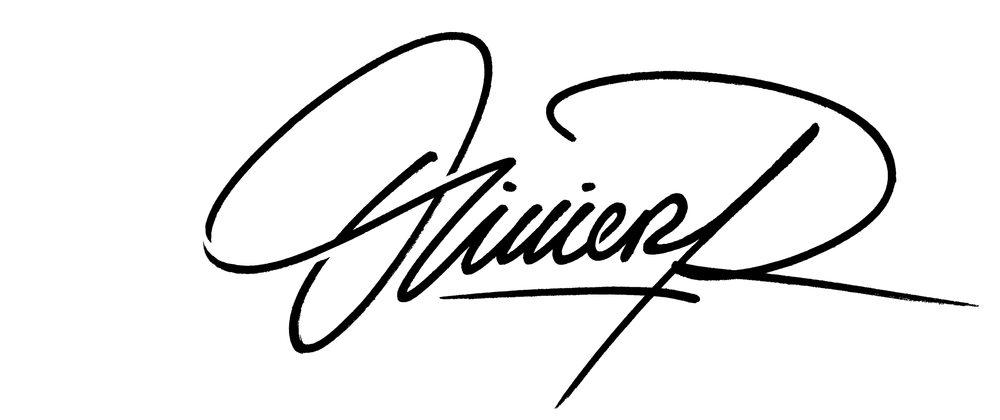In this blog post I will try to explain as much as I can what the primary colours are, and why it’s important to know them.
Why should I learn them?
As a mural artist knowing the primary colours is fundamental. I have painted a concrete desk for someone and they wanted a nice contrasty black and white background, as opposed to a medium grey that they thought was boring. So I went on location with a tin of white, a tin of black, and my 3 pigments, so I could make the right greys. When mixing black and white together you will often have a blueish grey, but if you know that the opposite of blue is red (Magenta+Yellow) you can easily make a warmer grey.
I use grey as an example but it works for all the colours. I will explain it further down.
I thought they were Red Blue Yellow?
Paint manufacturers and scientists have a better knowledge and understanding of what the primary colours are and how to make them. Years ago, a lot of it was still experimental, famous painters like Vincent Van Gogh would paint with egg yolk or beer mixed with pigments to save money. they were trying stuff out and rolled with it. Now the majority of paints are made in large factories and they have better ways of harnessing the raw materials to create the right pigments. Magenta, is my favourite colours because it’s vibrant but also because it’s the most expensive and the most misunderstood. The biggest reason red was taught to us, is because it was a lot easier to make than Magenta. Red was made by crushing cochineal which produced a chemical reaction creating a vivd red (not actually their blood). Anything to do with greens, emeralds, reds, magentas, are made from refining metal. This is more expensive process than creating yellows, browns and oranges, made by crushing stones. This is why when you buy paint tubes, they will say series 1 to 7 or 8, with magenta at the top of that list. At the beginning of the paint discovery, they only knew how to get blue from a stone called Lapis Lazuli, reserved for painting royalty, as it’s an expensive blue stone with chips of gold.
CMYK or CMYKW?
Cyan Magenta Yellow Key are the colours used in printing where the paper is white and they print tiny dots of colours close together that appear like one colour, but using a magnifying glass, you would see CMYK dots of ink on white paper. When using paint or inks and physically mixing them together, you sometimes need to add white to make for example salmon, beige or emerald.
Ok, with this out of the way, let’s begin!
There are 2 families of primary colours:
. CMYK (W) Cyan, Magenta, Yellow, Key (Black) and White are SUBTRACTIVE colours (Pints, inks, pigments…)
. RGB Red, Green, Blue are ADDITIVE colours (lights, screens…)
Make sure you get the right ones!
Look inside a newspaper or inside the seem of a packet of crisps to see the 4 colours. Because depending on your browser or screen, the colours may be off.
The drawing above that I made on photoshop was saved as an RGB and CMYK file but once on the internet, neither is true.
How do they work?
So if you mix two primary colours of paint together at a 50/50 ratio, you’ll get one primary colour of light and vice, versa. For example: Magenta+Yellow=Red or in reverse: Red+Green=Yellow.
In theory if you mix the 3 primary colours of paint you’ll get Black and if you mix the 3 primary colours of light you’ll get White.
BUT……
Because the pigments are rarely accurate (unless you’d be willing to pay £100 for a 10mg of pigment) and also when we mix them, we’re not 100% accurate, it’s almost impossible to make Black. White on the other hand is a lot easier to achieve, because all you need to do is add red, blue or green colour gels, or in the case of LED’s, just turn up the voltage to make a brighter green if needed.
I am working on a course that will go through in depth, explaining how to mix them. But for now, I’ll leave you with this drawing that I did on the plane last week :) for you to study.
I hope this helps, let me know if you have any questions.
Olivier.


